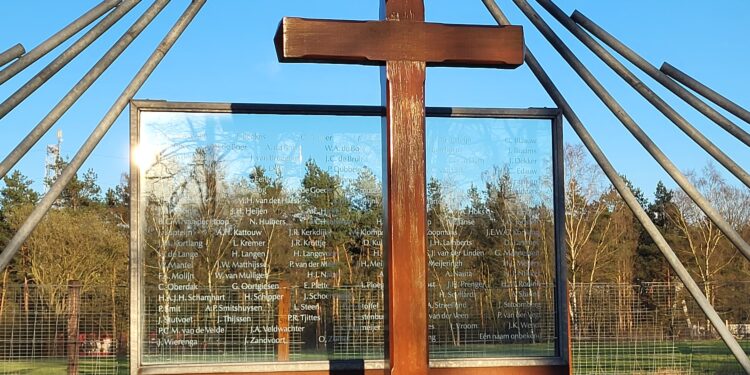His name was unknown for a long time, Czesław Oberdak. After the mass execution at Woeste Hoeve in 1945 he was not identified. As an anonymous victim, he was buried first in Uchelen and then in Loenen until the journalist Richard Schuurman started looking after a letter from Czesław’s sister, Ludmilla Oberdak. Thanks to that search, this Polish airman was identified, his name is on the monument at Woeste Hoeve and his remains were buried in the family grave in Kraków in 2009. All this can be read in the book that Schuurman wrote ‘Spoor naar Woeste Hoeve’.
Oberdaks childhood dream ends at the Woeste Hoeve
Czesław Oberdak was born on July 20, 1921 in Kraków, Poland. There he grows up with his older sister, Ludmila, and a younger brother, Roman. His childhood dream is to become a pilot. In 1939 he started that dream at the Air Force School in Poznań. When the Germans invaded Poland in September 1939, he, like so many other Polish soldiers, fled Poland. He follows the route via Romania, Yugoslavia and Italy. In France he joins the Polish Air Force formed there in Lyon. His stay there is temporary. Most Poles were evacuated to the United Kingdom when France fell in June 1940, including Czesław.
How he becomes a fighter pilot and how he ends up as an anonymous victim of the mass execution at Woeste Hoeve for a long time can be read on his page.

